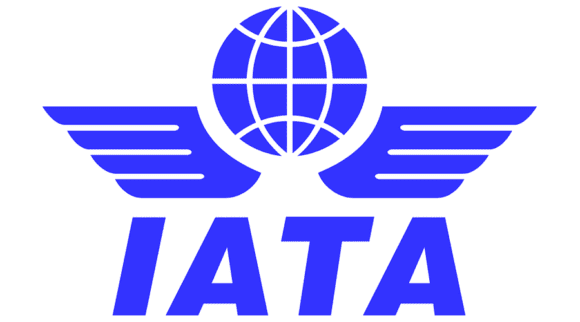
2022 12 05 22
If you want to market a regional airliner, you must be able to sell it to US operators. Since these account for ~70% of all regional flying. And the US regional airline market is the most brutal segment of a hard business.

About 60% of regional flights are up to 500 miles. However, as the next chart illustrates, that market is shrinking.

Aircraft are upsizing to close to the Scope Clause limit, which makes them better suited to larger markets. Take a look at the next chart.

Turboprops are virtually out of service. Airlines are inclined to use single-ailes, and RJ use is shrinking.
So, if you are developing an airplane for US regional service, this will not be easy.
The new airplanes under development using hybrid-electric power have the proper green credentials. But what about performance? Most do not have up to a 500-mile range and appear to fly slower than current turboprops, limiting their ability to act as bank feeders.
Moreover, which segment can these OEMs target? The table suggests operators below the national level. This is a tiny slither of a segment.

The information presented is not encouraging. However, it should be noted that the picture thus far is driven by current technology because of Scope Clause constraints. Because of weight, this market aberration stymied the Mitsubishi Spacejet and the Embraer E175-E2. Both models had promising order books canceled because Scope didn’t move. The next domino was widescale market shrinkage as communities lost air service. Did anyone win from this? No, any pilot “victory” is pyrrhic.
State-of-the-art hybrid-electric aircraft are 30-seaters optimally targeted at 300 miles of range. Both those numbers are sub-optimal for US regional use at present. However, these aircraft can be expected to operate at 50% or better operating costs compared to current RJs. That is a step change that can make all the difference.
Moreover, technology evolution favors hybrid-electric aircraft. Engine OEMs see more potential in this arena than in RJ turbines. Next week, we can expect to hear more about this from Heart Aerospace. They are not alone; Zeroavia is also making progress. The biggest name in regional jets, Embraer, is also quietly doing the needed work.
Operating costs are the great hurdle to overcome here. They will get attention if these OEMs offer an airplane with 50% or better savings per seat.
Views: 14




